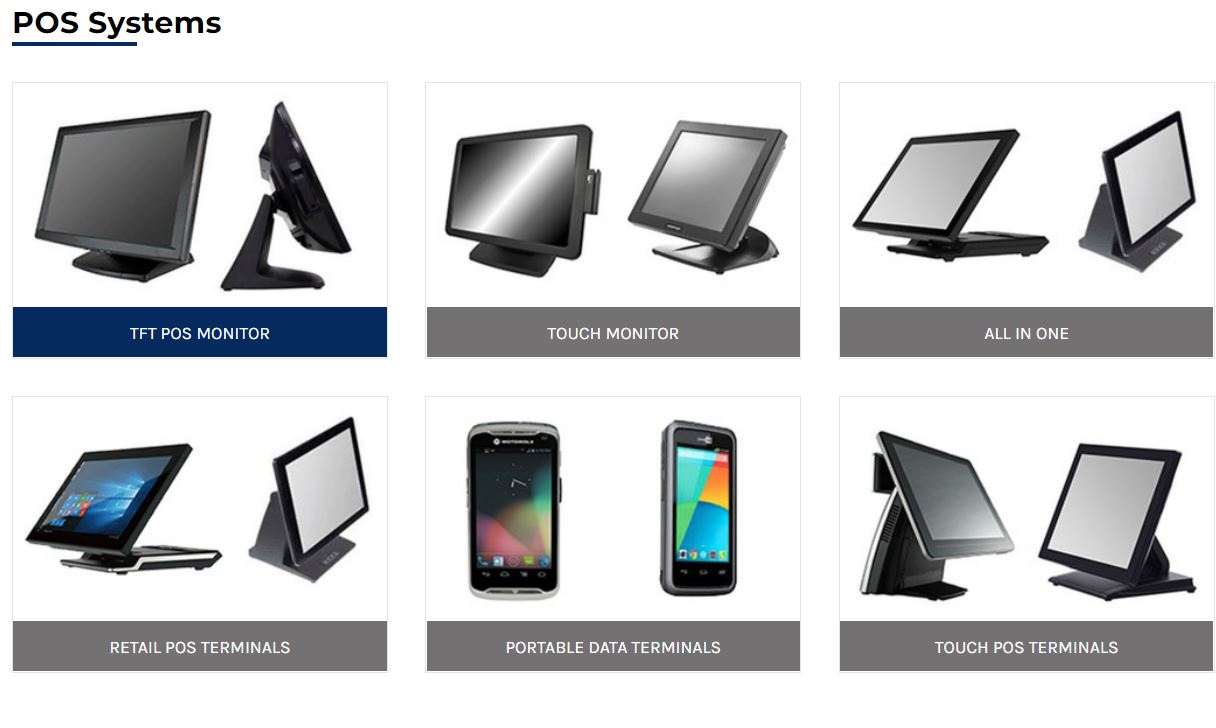Exactly How POS System Functions: A Comprehensive Overview for Entrepreneur

Recognizing the Parts of a POS System

Exactly How Sales Transactions Are Processed
When a consumer decides to make a purchase, the sales deal launches a collection of methodical actions within the POS system. The cashier inputs the items being purchased, which are scanned with a barcode viewers or manually gone into. This action fetches item information, including prices and appropriate taxes, from the system's database.Next, the consumer is provided with the overall amount due. The POS system after that refines the repayment, whether through cash money, credit rating card, or mobile payment approaches (Restaurant POS Software). For electronic settlements, the POS safely communicates with settlement processors to license and validate the transaction.Once the settlement is verified, the system generates an invoice, which can be published or sent electronically. This receipt serves as receipt for the client. Lastly, the transaction information is tape-recorded in the system, ensuring precise sales records and economic monitoring for the service
Supply Monitoring and Tracking

Effective stock monitoring and monitoring are crucial elements of a POS system, as they assure that services maintain optimal supply levels and minimize discrepancies. A robust POS system permits for real-time inventory updates, reflecting sales and returns immediately. This allows local business owner to keep an eye on supply levels properly, making sure that popular things are conveniently available while avoiding overstocking of less prominent products.Additionally, progressed POS systems supply features such as automated stock notifies and reorder tips, streamlining the purchase procedure. Barcoding and RFID innovation boost precision in tracking supply activity, reducing human mistake. Considerable reporting tools provide insights right into inventory turnover rates, helping businesses make educated choices concerning acquiring and item offerings. Eventually, efficient stock administration with a POS system not just boosts functional effectiveness however likewise enhances customer fulfillment by making certain item schedule.
Examining Consumer Information and Insights
Client data analysis acts as an effective device for services using a POS system (Restaurant POS Software). By analyzing and collecting purchase information, companies can uncover beneficial insights concerning client behavior and preferences. This evaluation allows them to determine purchasing fads, peak buying times, and popular items, thus informing stock decisions and advertising and marketing strategies.Additionally, businesses can sector their client base, allowing for personalized advertising efforts that satisfy particular demographics or purchasing behaviors. Comprehending customer commitment patterns likewise helps in establishing targeted promos and benefits programs.The data amassed from a POS system can likewise reveal understandings into customer responses, allowing businesses to make educated decisions pertaining to item offerings and service renovations. Ultimately, leveraging consumer data properly can enhance the general shopping experience, foster consumer contentment, and drive income growth
Advantages of Carrying Out a POS System

Regularly Asked Questions
What Kinds Of Organizations Can Gain From a POS System?
Different organizations take advantage of a POS system, including stores, dining establishments, salons, and e-commerce platforms. These systems improve deals, inventory administration, and consumer data, boosting functional effectiveness and boosting customer experience across diverse markets.
Just how Much Does a POS System Normally Expense?
The expense of a POS system generally varies from a couple of hundred to several thousand dollars, depending upon functions, hardware, and software. Services should think about ongoing charges for maintenance, assistance, and transaction processing when budgeting.
Can I Incorporate a POS System With Existing Software Application?
Integrating a POS system with existing software is usually practical. Lots of systems provide APIs or built-in compatibility features, allowing services to enhance operations and improve functionality by linking numerous software application applications effectively.
What Training Is Needed for Team to Use a POS System?
Educating for staff to utilize a POS system generally includes understanding software functionalities, processing transactions, taking care of supply, and dealing with client communications. Practical demos and hands-on practice enhance efficiency and self-confidence in making use of the system properly.
What Happens if the Net Drops While Utilizing a POS System?
Purchases here might be disrupted if the internet goes down during POS system use. Several systems use offline capacities, enabling fundamental procedures to continue, but complete capability, including real-time supply updates, will certainly be limited. A Factor of Sale (POS) system is composed of several key parts that work with each other to facilitate purchases and take care of business operations. Reliable supply administration and tracking are necessary components of a POS system, as they ensure that services keep perfect stock levels and reduce discrepancies. Client information analysis offers as an effective device for companies making use of a POS system. Comprehending customer loyalty patterns additionally aids in establishing targeted promos and rewards programs.The information amassed from a POS system can additionally reveal insights right into client responses, making it possible for companies to make informed decisions relating to product offerings and service enhancements. Executing a POS system provides various benefits that can significantly enhance company procedures.